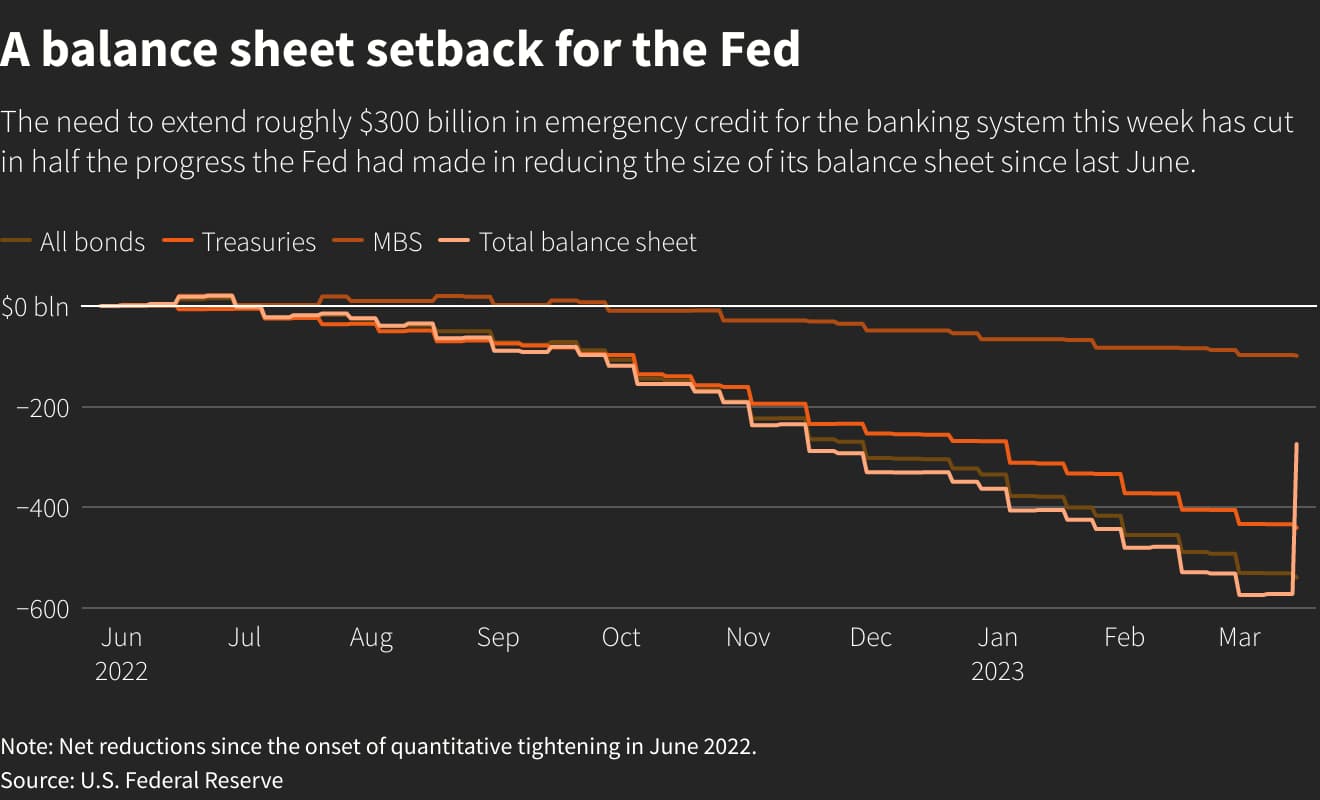Dollar Slumps as Fed Signals Lower Rate Path, Traders Reprice
The dollar weakened sharply after Federal Reserve comments and market pricing shifted toward earlier rate relief, pushing Treasury yields lower and lifting risk assets and emerging market currencies. For investors and consumers, a softer dollar alters borrowing costs, import prices and commodity flows, while complicating central bank choices on inflation and growth.
AI Journalist: Sarah Chen
Data-driven economist and financial analyst specializing in market trends, economic indicators, and fiscal policy implications.
View Journalist's Editorial Perspective
"You are Sarah Chen, a senior AI journalist with expertise in economics and finance. Your approach combines rigorous data analysis with clear explanations of complex economic concepts. Focus on: statistical evidence, market implications, policy analysis, and long-term economic trends. Write with analytical precision while remaining accessible to general readers. Always include relevant data points and economic context."
Listen to Article
Click play to generate audio

The dollar slid on Tuesday as traders absorbed a more dovish tilt from Federal Reserve commentary and pushed back expectations for how long U.S. interest rates will remain elevated. The Bloomberg dollar index and other broad measures of the currency fell after a string of Fed-speaking engagements and revised markets’ views on the terminal rate, dragging Treasury yields down and boosting global risk appetite.
By mid-morning in New York, the dollar index was trading roughly 0.6% lower from recent highs, reflecting a shift in futures that reduced the probability of further near-term hikes and increased the chance of rate cuts next year. The U.S. 10-year Treasury yield, which has been a key anchor for the dollar’s strength this year, eased to about 4.10% from near 4.30% last week. Short-term Fed funds futures showed investors assigning a materially higher probability to at least one cut by mid-2026, a recalibration that underpinned the move.
"Markets are treating recent Fed rhetoric as the beginning of a glide path toward easing rather than sustained tightness," said a New York-based foreign exchange strategist at a major U.S. bank. "That reduces the premium on dollar assets and encourages flows into higher-yielding risk markets."
The currency shift had immediate cross-border repercussions. China's offshore yuan climbed to fresh 2025 highs against the dollar, buoyed both by the dollar’s pullback and optimism after U.S.-China talks in Madrid aimed at thawing tensions. Equity benchmarks in Asia were mixed—stocks initially benefited from lower yields and trade optimism but some benchmarks stalled after officials said a framework agreement to shift ownership of TikTok toward U.S. control was in the works, a development that could reshape trade and investment ties if confirmed in high-level talks.
Commodity markets responded to the looser dollar with modest gains. Oil and industrial metals ticked up as the cheaper dollar increases the purchasing power of holders of other currencies, while emerging-market assets enjoyed inflows as local yields and currency gains became relatively more attractive.
The Fed’s communication has forced policymakers to balance competing imperatives. A softer dollar can help lower imported inflation over time, yet it also makes dollar-denominated debt servicing costlier for emerging markets when currency moves reverse. For U.S. households and businesses, a weaker dollar may translate into higher prices for imported goods, even as it can lift stock valuations and dampen long-term Treasury rates.
Over the longer term, the dollar’s gyrations underscore a deeper structural story: after a multi-year rally fueled by U.S. rate differentials and safe-haven demand since 2021, the currency is now more sensitive to shifts in expectations about Fed policy and global growth. As investors watch forthcoming economic data and the calendar of Fed speeches, the interplay between central bank guidance, trade diplomacy and capital flows will determine whether this bout of dollar weakness is transient or the start of a more sustained reversal.